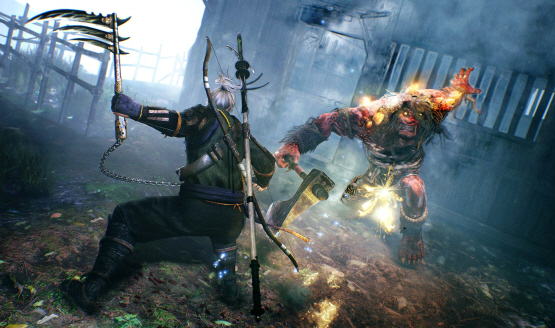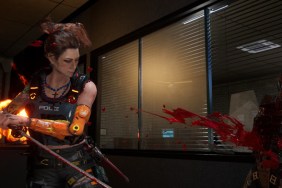Nioh makes a very mixed first impression, but it’s rather fitting looking back at it. With little explanation or narrative reason, I immediately found myself controlling William Adams as he escaped from a London prison cell. The game does the bare minimum of explaining how the game’s systems work (bafflingly, the proper tutorial isn’t unlocked until a few hours into the…
-
Top-notch combat
-
Great fun in co-op
-
Rewarding gameplay
-
Bosses feel unbalanced
-
Designed to be a grind
-
Somehow looks like a bad PC port







